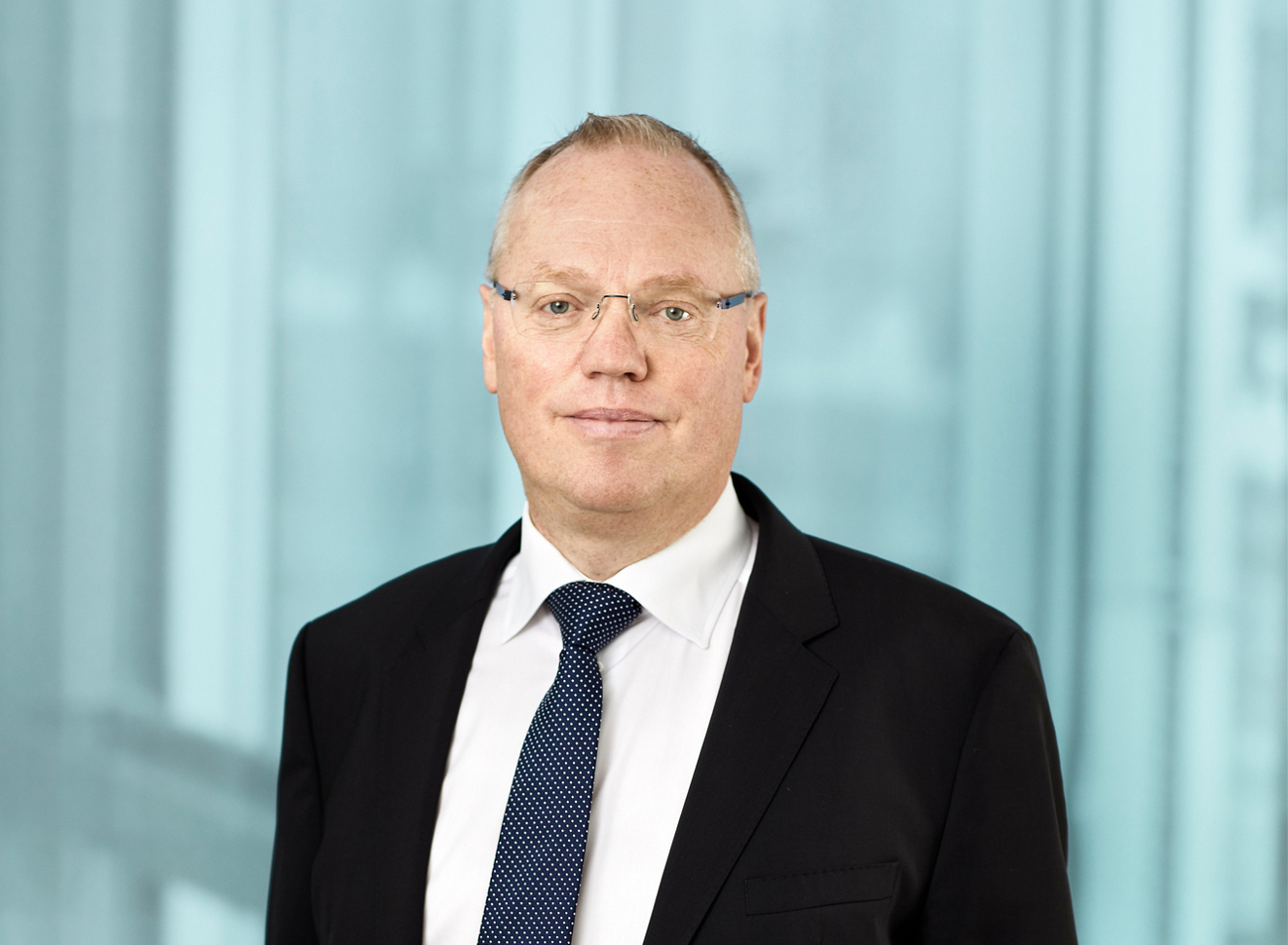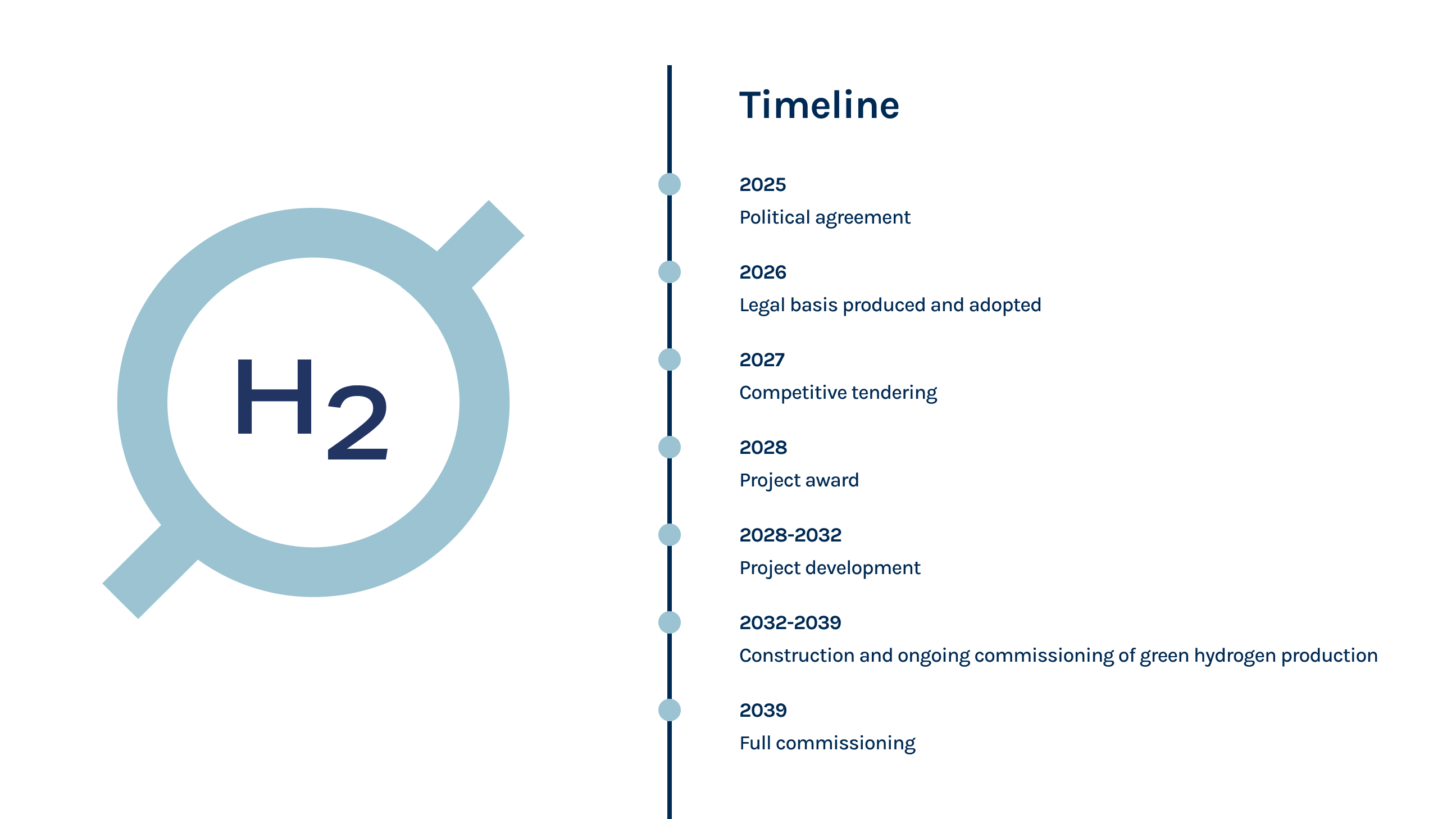Build-out of offshore wind the North Sea must be accelerated to ensure the cost-efficient, sustainable and independent energy supply of the future.
This will require ambitious solutions, innovative technologies, and the courage to think big. A new Danish energy island dedicated to large-scale production of green hydrogen from offshore wind in the North Sea - a "Hydrogen Island" - will be a crucial step for securing Europe’s future green, independent energy supply. A step that, with Denmark as a first-mover, will pave the way for accelerating the deployment of offshore wind in the North Sea, where unprecedented amounts of green hydrogen and electricity will replace European production and import of oil and gas.
The Hydrogen Island provides a concrete solution to securing the North Sea's role as Europe's future green power center and achieving goals of 300 GW of offshore wind in the North Sea by 2050 as agreed in the Ostend Declaration of Energy Ministers of the 24th of April 2023.



